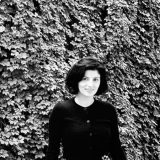Alexandru Rădvan (b. 1977) is one of the most interesting visual artists in Romanian contemporary art. Alexandru Rădvan’s art has developed an artistic discourse that explores mythical figures, characters, and ancient legends, understood as possible current models, still valid in modern life.
Starting from the end of the 90s, Alexandru Rădvan was present in numerous solo shows, as well as collective exhibitions in the country and abroad. With a well-articulated artistic discourse, Alexandru Rădvan experiments with a variety of mediums of expression from drawing, collage, and painting, to sculpture and installation.
Since 2005, he has been represented by Anaid Art Gallery Bucharest/Berlin, one of the most long-established contemporary art galleries in Romania. He is currently a university lecturer at the Bucharest National University of Arts, Department of Painting. He recently curated the 9th edition of the Contemporary Art Pavilion within the Art Safari temporary museum.
His works are included in the collection of the National Museum of Contemporary Art and private collections in Austria, Belgium, Greece, Italy, Israel, Romania, and the USA. He lives and works in Bucharest.
You graduated from the National University of Arts in Bucharest, Painting Department, and in 2012 you obtained your Ph.D. in the field of Philology at the Faculty of Letters, with the thesis “Fantastic image created with visual and literary means.” When did you feel that you were meant to be an artist?
I felt that I had to be an artist and that it was the right choice I made in life, very late. I started to feel only in the last two or three years that I have a chance to leave behind something articulated and able to convey emotions to other people. In other words, I crossed an important threshold with the total entry into the biological maturity stage. I looked at the previous years, as I lived them, as a preparation, as a training to become able to reach somewhere, even if I was too little or too young to represent that somewhere. From 1990, when I definitively chose this job and started practicing it daily, until it became a way of life, and until today, the path has been adventurous, full of discoveries, frustrations, and failures, with countless moments of doubt. Now, for the first time in my life as an artist, I no longer wonder if what I am doing makes sense, but how to make it gain more depth and substance. Now I am on my way to the next somewhere. I constantly think about the possible joys and enlightenments that old age (if I get it) can bring to an artist’s creation. I have always believed that the results of this occupation can be read most clearly and fairly at the end, independent of momentary glories, short-term appreciation, trends, and other such pleasant diversions. To set the answer to the question: a little after the age of forty I felt that this was what I was meant to do in this universe.


How would you describe your art?
I am still reluctant to use the phrase my art. I usually say what I do or my works. My art is the seismograph recording the tectonic movements of everything that makes up my life. I only do the things that interest me and bother me, and I try to give them a form as close as possible to the one they have in my thoughts. It is a self-portrait, even if this formula is somewhat demonetized at the moment. Why would my earthquakes and this extended self-portrait interest anyone else, a potential audience? I think we all have certain problems and questions. Sometimes one formulates these questions in a manner suitable for communicating to a larger or smaller number of people. This is where the interesting work begins. How strong and clear are the means of an artist so that they can get their message across to as many people as possible without doing it at a low, cheap level and at the same time personalizing the content, putting his stamp on what he is communicating? This is how I would characterize my art; a perpetual attempt to relate very intimately to issues that are old but still alive and to look for other people in whom these things resonate. I cannot be the only person on the planet who feels this way, so I think that if I express myself clearly and honestly, it is possible (not sure) to communicate with other people in which can awaken some emotions that have also been awakened in me by other images, contemporaneous or scrolled along the axis of time.
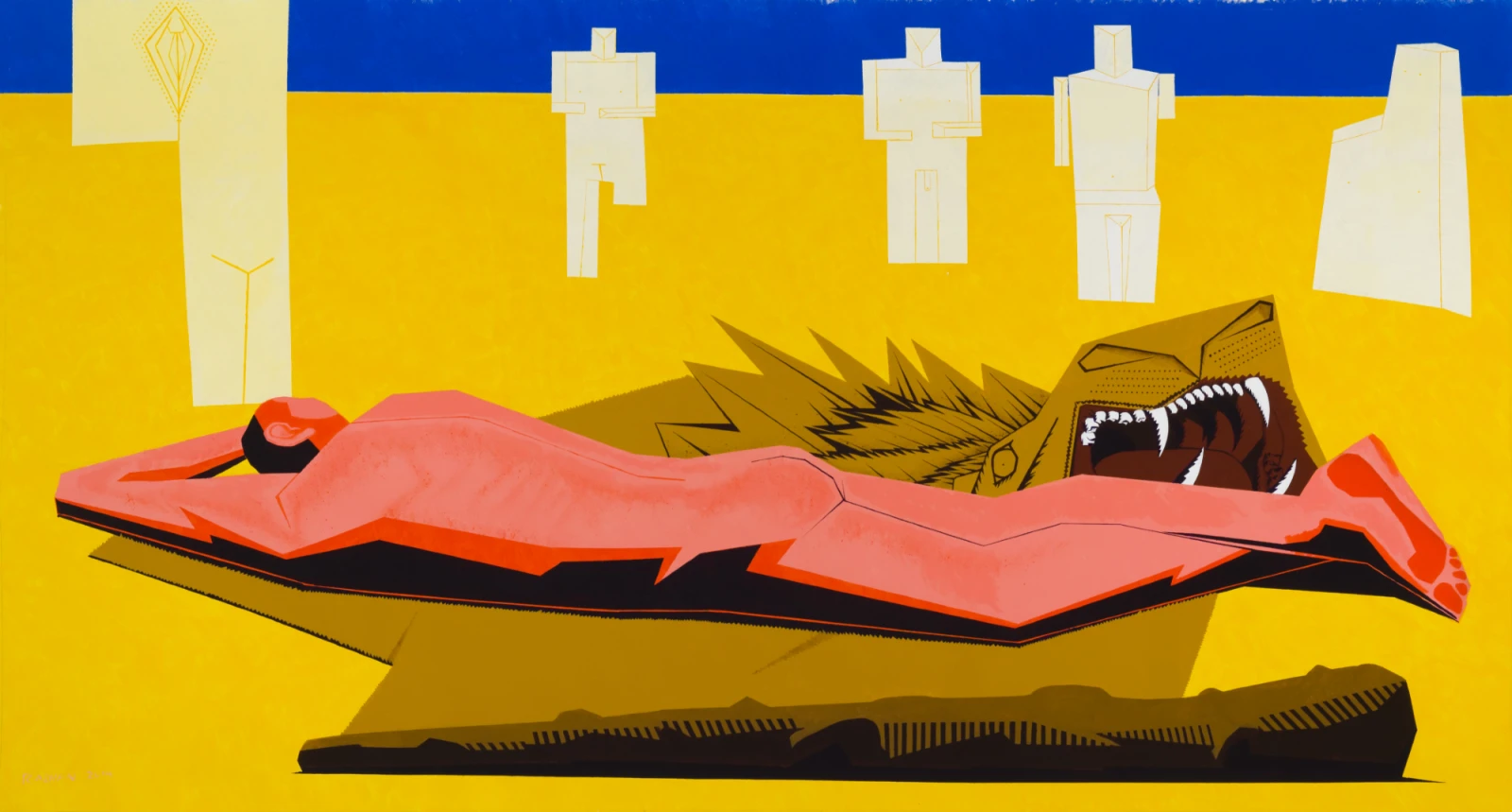
What topics are interesting and relevant to you today?
Almost all topics can be interesting or relevant. What I find makes them uninteresting and irrelevant is their time conditioning. Today. This today will be gone tomorrow, with all its problems, with all its arrogance to be up to date. There are many voices (artists, critics, or worse, curators) who behave as if they work in a newsroom or at the press office of some political party. There are extraordinarily many images that are particularly weak from an artistic point of view, but which are accepted only because they answer/tick points on the political agenda of the day.
There is not much difference, when we look at the results, between works produced to support today in the USSR of the 1930s, Nazi Germany, Fascist Italy, China, North Korea, Al-Qaida posters, the graffiti with George Floyd, the tribute paintings of Ceausescu epoch, half of the pavilions at the Venice Biennale, most of all the exhibitions that appeared like mushrooms after the rain with the outbreak of the war in Ukraine. The rhetoric is the same in all these cases. The same transparent and childish allegories are spread; the same festivity and they are inevitably boring and repetitive. As I said, topics are just checked off. Tomorrow… we will see. Of course, there are also genuine art and strong, coherent artists who deal seriously with current issues, and who have a special instinct to turn the ephemeral every day into a major, thought-provoking theme. Artists, who deeply feel these things, do not approach them just to be noticed and included in one selection or another. They are very few (like all valuable things) and they are not necessarily the ones who occupy the first positions in mass media news. As I said, any topic is potentially interesting and relevant, as long as it escapes the pressures of the immediate.
What is your biggest challenge as an artist?
The biggest challenge for me as a human being, not only as an artist, is to always keep in touch with my center. With the core that holds me together and binds my universe, which is expanding, so it can be tempting and dangerous to spend time only at its borders, eventually forgetting what kilometer zero is. I have no way to separate the waters, the challenges. Being an artist is not just an occupation, it is my way of life. I am the being Alexandru Rădvan with all the things in the package. Whatever I do or feel in any corner of this universe has instant effects and responses in another corner. It is not by chance that I love the myth of Ulysses, a man who did not forget the center, regardless of the adventures, temptations, and dangers on the road, regardless of the time. He does not shy away, he goes through experiences, but he always continues the path to the core. That is the biggest challenge.
How would you describe your relationship with the artistic environment?
I assume that the question concerns my relationship with the Romanian artistic environment. Perhaps it resembles the bear’s relationship with the forest he inhabits. He is there. Sometimes he does not want to interact with her and then you do not even know a bear is living in those places, other times you know he is been in the area because you see the broken trees, and when he is hungry or nervous or feeling challenged, you do not want to you meet him. I am a reactive guy, to quote my mother – I have a bad mouth, I have an increased appetite for acidic humor and very acidic humor, so to avoid situations where I would not be able to take back what came out of my mouth, I prefer to retreat to the den, or to break down trees. When I cannot avoid contact with mediocrity and imposture, I try to remember all forms of education and civilized behavior. Of course, I have total respect for other bears.
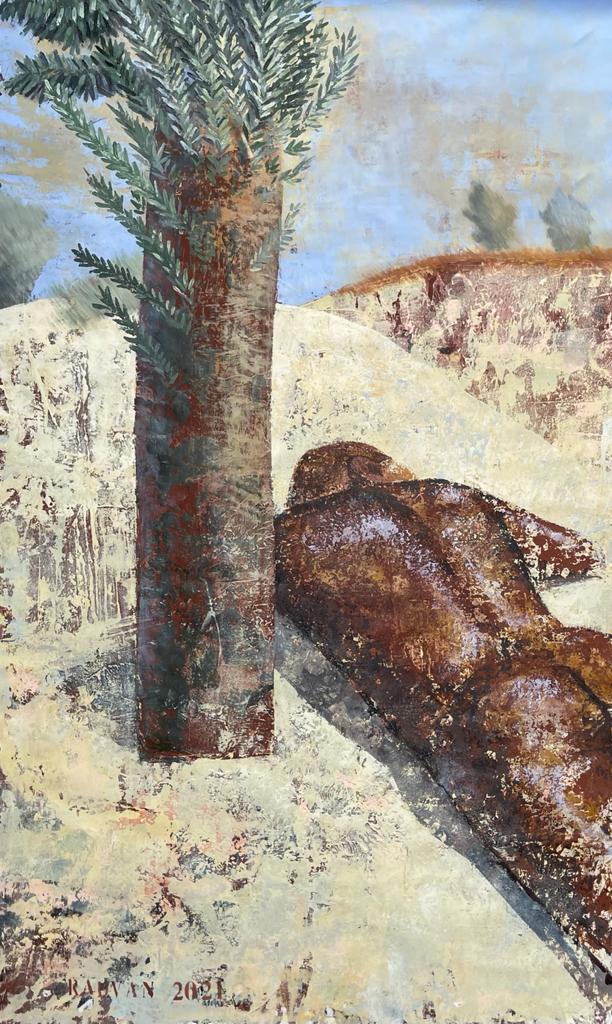
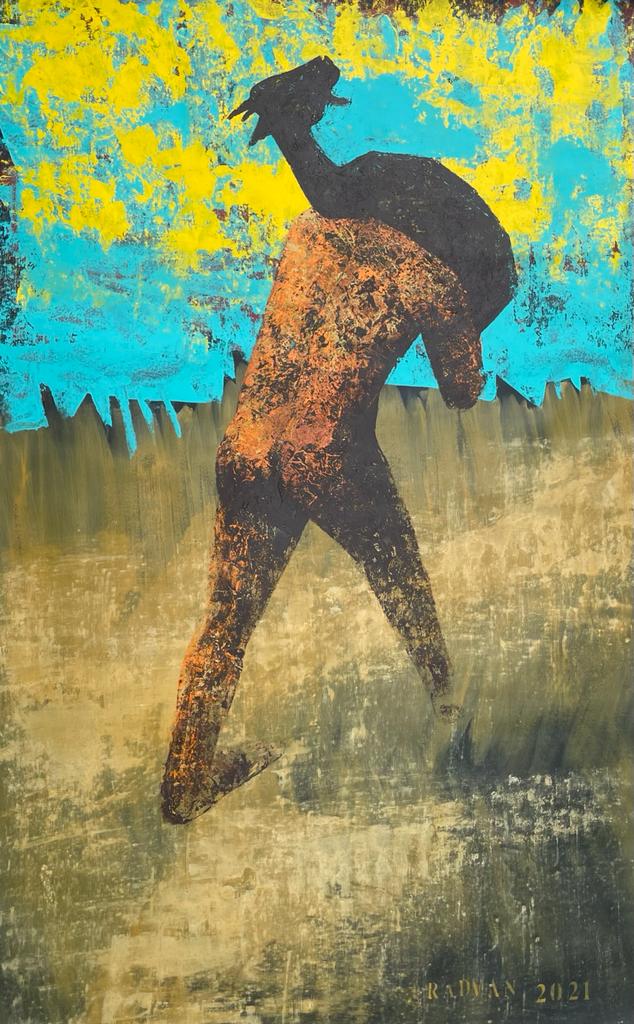
The contemporary artist has an unlimited number of mediums to choose from. You have remained faithful to the traditional mediums. Were you tempted to experiment with other mediums?
Yes, not only am I often tempted to experiment, but I am also doing it. I like playing with the material, the possibilities that arise, and the surprises. I am interested in the experimental aspects, even if I do not necessarily or immediately use them in what I am working on. Somewhere, in a corner of the brain, the results of this game remain and can reappear at any time, when needed. I am only interested in the technical aspects as means that lead me to expression, not in themselves. That I was talking about challenges…it challenges me to think that for hundreds of years, painters could convey messages in such rich forms, having only brushes, paints, and a medium with nothing spectacular in itself. I am among those who advocate that we are now living in extraordinary times, with possibilities beyond our imagination. However, the results are small most of the time, mediocre at best, and the wonders offered by contemporary resources are not used to their true capacity. The vulgarization of the means (I think of the stupidity of millions of projections, elementary digital collages, sprays used badly and unjustifiably, and the list can continue for ten pages) is, from my point of view, the direct expression of a lack of problematization from the part of the artist, of an acute lack of intellect. I specify that I do not include here those rare cases where the artist deliberately uses the clumsiness of the execution to achieve a certain expression. I am talking about the battalions of painters for whom being contemporary and using new techniques just means projecting an absolutely common photograph on canvas and copying it.
How important is it to you to convey a message through your art?
It is vital, not important. I think that is why artistic expression has accompanied man throughout history. Messages have always been conveyed, connections have always been made between people and eras, and it has always meant something. Even now, when we are suffocated by billions of meaningless images, there are still enough manifestations of artistic expression that convey things worth considering, remembering, and unforgettable. In my view, art is one of the highest and deepest forms of communication between people and across time. It would be a shame not to try to make the most of it.

What are the stages of your creative process, from idea or source of inspiration to final work?
I do not know if I have a pattern that I work by. Probably yes. I know it is important to fix the image, and make it happen, after which there is a longer or faster process of adjusting, editing, and processing the first impulses. The image settles, it is literally charged with the matter, and it grows. Entire areas can disappear along the way, or even the entire original composition, even after a week. It does not disappear completely but remains in the underground of the image, from which the new composition is born. There are situations in which this process is repeated several times. As I used to say, there goes the road to. Some are dead ends, maybe most, or they are ideas that were very good in the mental stage and not at all visually viable. And you can spend weeks working on these and not lead anywhere. It is not wasted time, it is just the effort needed to close a road, a direction. I do not like artists who only follow the known roads. They give out quickly, and so do those who insist on being problematic at all costs.
When do you know you have finished a work? Tell us more about the whole experience until you are completely satisfied with the result.
I leave a work alone when I cannot or do not know what to do with it anymore when anything I would add would only be an aesthetic matter in itself, not a visual resolution of an idea. I know too well the hypocrisy of artists and the false modesty causes me a particular disgust, nevertheless, I will say that I am only satisfied with the results for very short periods. I often feel like I hit close to where I was aiming, never right there. It seems to me that working on a project is similar to raising children: you make them and raise them, but at some point, they also grow in their way, not necessarily the way you want, and thus they become people. Works also have their own life and sometimes they can lead you to unexpected results. You just have to be prepared to let the work lead you and accept the result. Some works remain in the making for a year or even more, I see them daily, the mind registers them permanently, then a day may come when in two hours everything becomes clear and the work is finished. It is not a pattern that is why I say I have to leave as many windows open as possible.
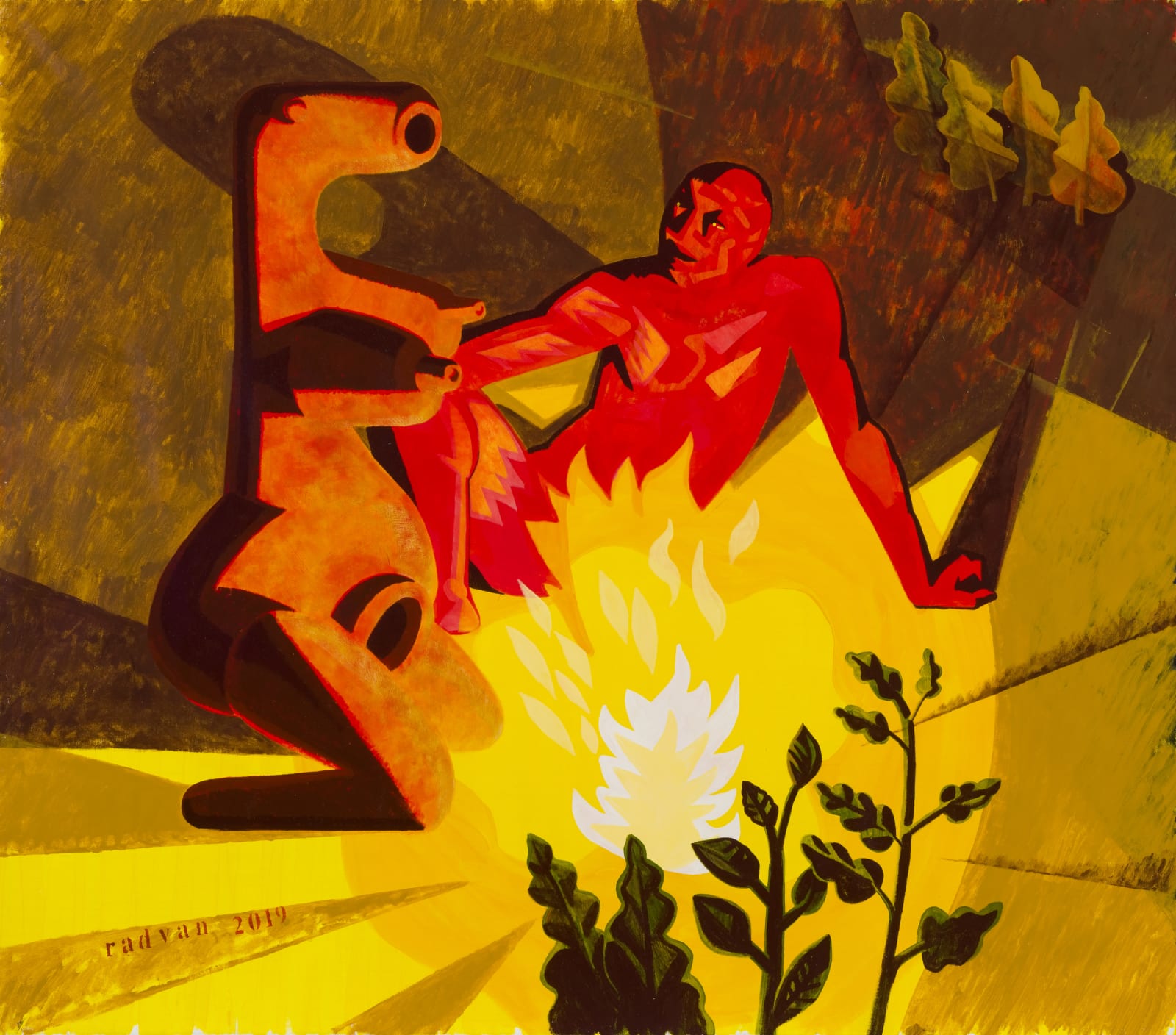

acrylic on canvas, 135 x 140 cm. Courtesy of Anaid Art Gallery.
Can we consider art anything an artist does or says? What exactly makes something a work of art?
It is tempting to think that everything an artist does is art, but it is untrue in my view. It sounds like a kind of balm for the low IQs in the art world: don’t worry, everything you do is art… The artist is still not superhuman, and this theory only transforms him into a kind of spoiled prince, to which everything is accepted on the idea that everything he does is special. It seems out of place and fakes to me. There are whole teams of artists without artwork who think their drunkenness is more special than that of sanitation workers just because they are artists. I also believe that such an attitude dangerously lowers the level of the artistic act. I have seen cases of artists with names and records who now believe that anything that comes out of their hand or mouth is automatically universal heritage. When you no longer have distance and humor from yourself, yes, I think you answer this question in the affirmative. I strongly believe that you cannot make a work of art without having about it the seriousness and lucidity of the neurosurgeon entering the patient’s brain. And even then you have no guarantee that you will create a work of art.
How do you feel about the art scene at the moment? How much has it evolved?
To give a very Romanian answer, the art scene has evolved, but not much. I would like to see more of the younger generations, be more articulate and constructive, more united, regardless of artistic options. More incisive. The scene is a bit tired, that is how I feel. Places, names, etc. appear quickly and disappear even faster, and not because they necessarily have quality problems, but because there is no system, because the scene may look like the Oscars, but it is on barrels and those are not the same. The scene has evolved a lot in terms of cocktails, but behind it is still the chicken coop. We can mesmerize each other that it is a great offer and a great dynamic. I think rather that there is a lot of indifference, unprofessionalism, and a lot of disorientation.
Very often when entering a contemporary art gallery, the audience is faced with the famous question, is this art? Why do you think art today is a challenge for the viewer?
Art is, generally speaking, a challenge. Art of all time. Now we are often faced with waste that bears the label of contemporary art. The audience is not to blame for the impotence of the artist. Artistic production is probably about 90% rubbish and nonsense, it is known, everyone rolls their eyes, but very few people say anything about it. It is enough to see the reactions of the people who perplexedly walk through the pavilions at the Venice Biennale, for example. They would not all be stupid. But the good news is that there are also 5% good works, 3% very good, and 2% masterpieces. Yes, our times also produce masterpieces, important things. But, as I said before, they are as rare as pearls. It is natural to see a lot more crap than wonders, if only for the reason that it is much harder to do wonders. So the question seems legitimate to me. The situation gets complicated if we try to discern: is it bad art, or is it no art at all?
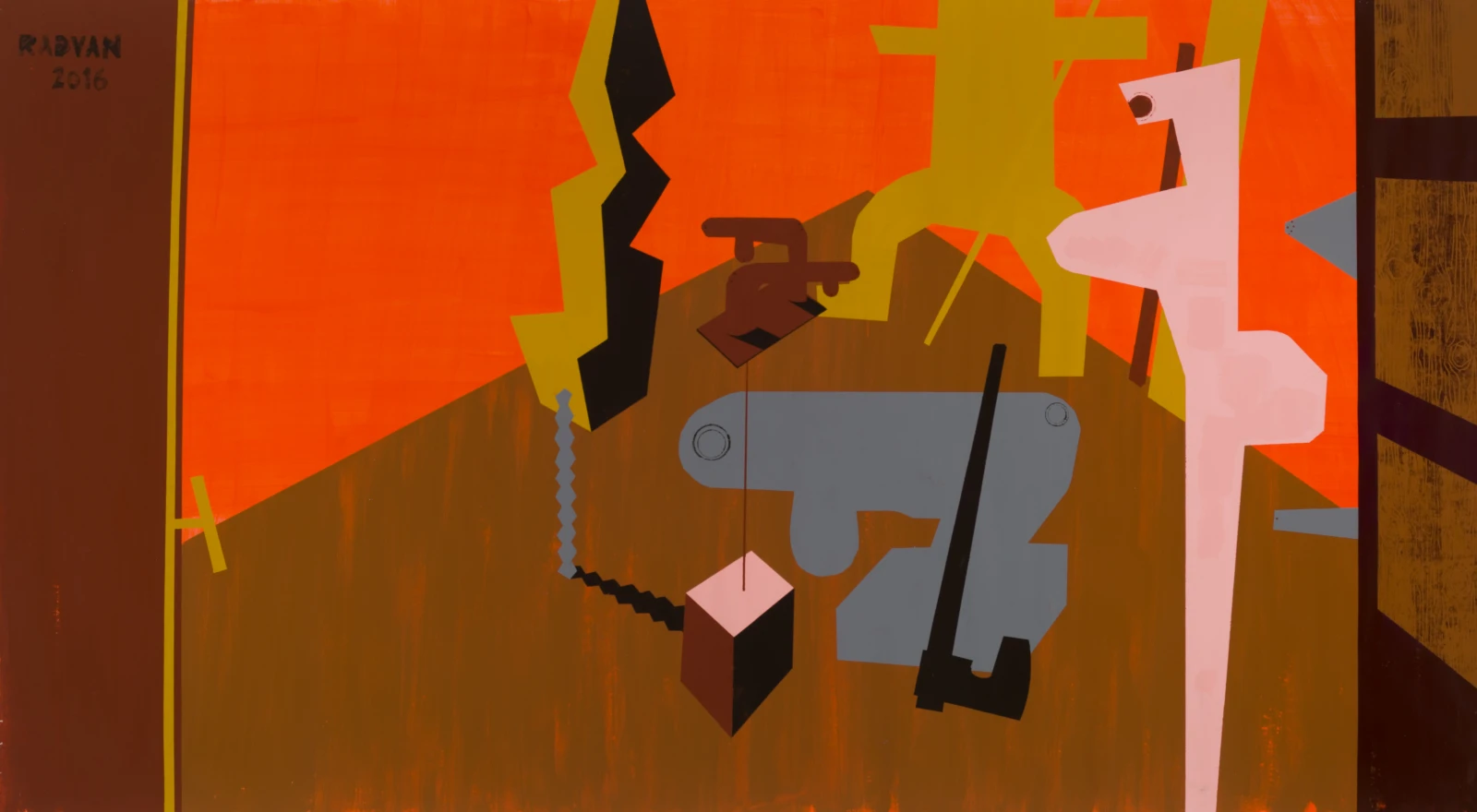
You have been collaborating for over 10 years with an important contemporary art gallery from Bucharest, Anaid Art Gallery. How did the collaboration begin?
The collaboration of over ten years will soon mean about eighteen. The collaboration started very normally and sharp. Diana Dochia saw my works, she looked for me, she told me that she was going to open a gallery and that she wanted the world to see my works in her gallery, she asked me what my plans were and if I was in a hurry to reach some goals because she has a very long-term plan and after we established that we were both looking in the same direction, she won me over for good when she pulled out a printed contract. Since that time I have almost everything I have done, including some destroyed works, listed, photographed, measured, etc, and know where my works are. It is a relationship based on loyalty and respect for work. For seven years, since the gallery moved to Germany, I have had the opportunity to see how much these two values matter on the international art scene.
You are a Ph.D. university lecturer at the Faculty of Fine Arts within UNArte. What would be the characteristics of the Bucharest School? Can we talk about the Bucharest School? (How does it differ from Cluj, Iași and Timișoara?)
I am from the south, so it is natural to like Bucharest and it is just as natural to talk bad about it. It seems to me very diverse, unevenly, motley, but someway strong, she is the girl from the gang that everyone was with (and Cluj and Timișoara and Iași), because she has a big soul, not for other reasons. This is also seen in the art school. It is with many things, with many directions, as if you can hear the lively background noise like in the Obor market. Everyone has a place and it seems to me that everyone is accepted as they are. Disorganization is part of Bucharest’s intrinsic charm. However, I think that there have always been remarkable and free things done by students from Bucharest. That is what other people say about theirs, right? I think there is a certain speed of the rhythm in Bucharest, which leads to a certain aggressiveness, and maybe here I would see an aspect that makes us special. I try to avoid dividing by schools, I think now this term has more marketing value, it does not refer to deeper aspects.
What projects are you working on now and what are your plans?
I try not to work on projects, but on works. The project seems to me to have become an empty can, a word used abusively and excessively, which covers more inabilities than expressing searches. I focus on the images I make, I have enough trouble with them anyway and a lot of things to solve and learn, so to get lost in the projects. I am planning a large exhibition, important for me (I hope to make it for others as well), which the gallery and I hope to hold next year. Otherwise, the future I refer to is a very distant one.
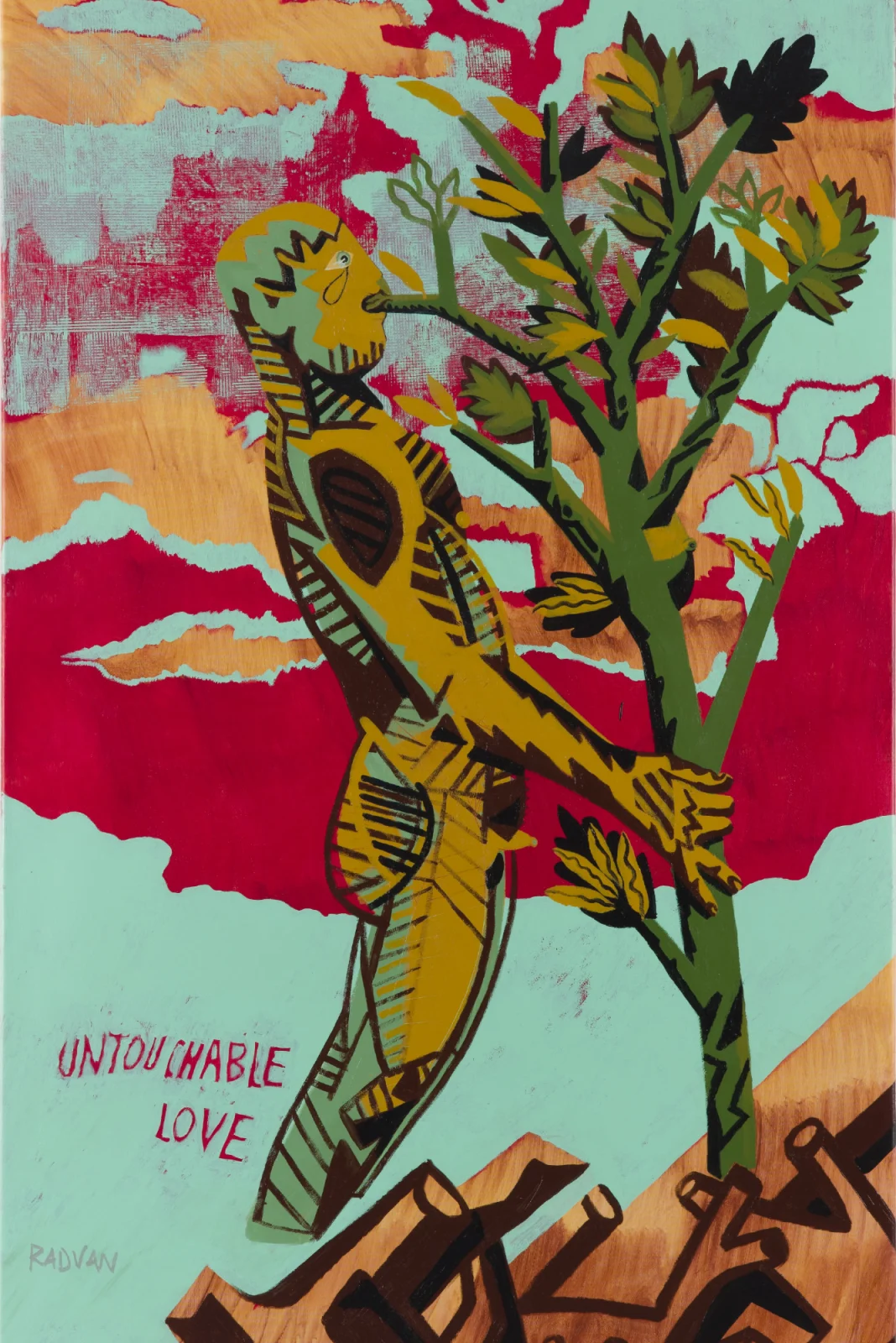
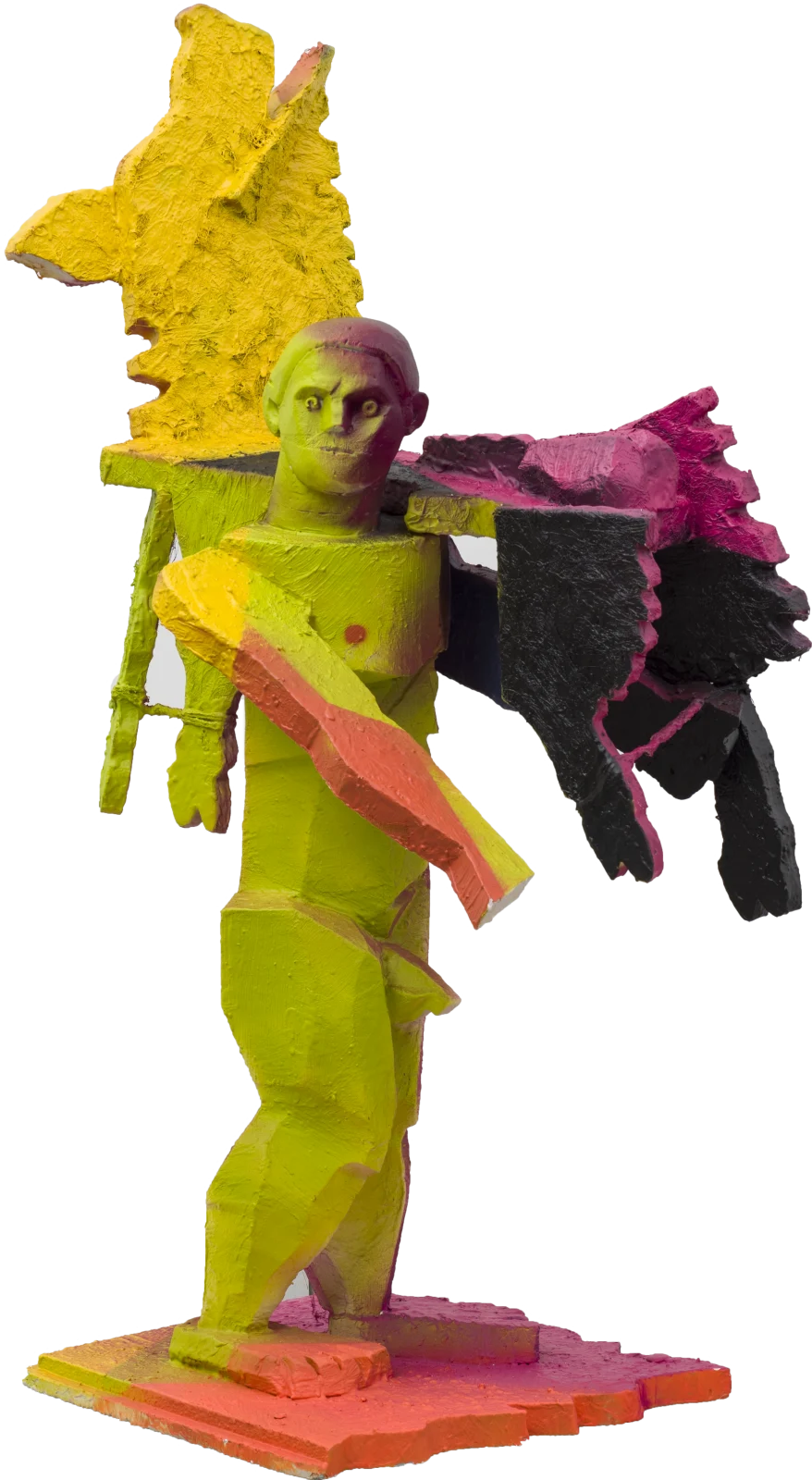

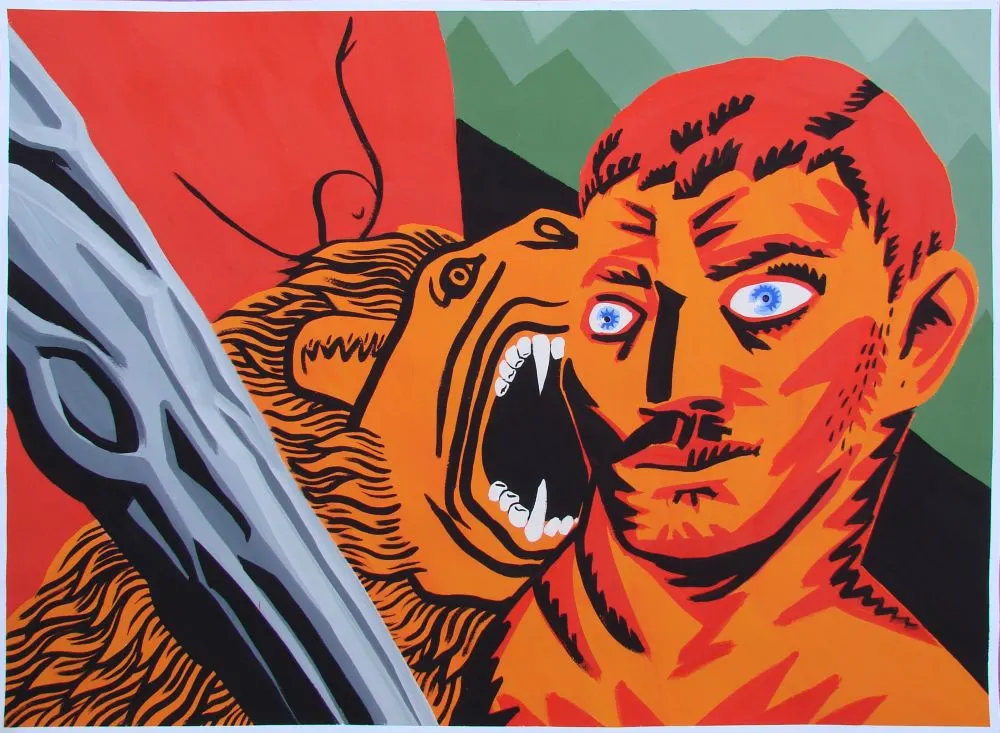
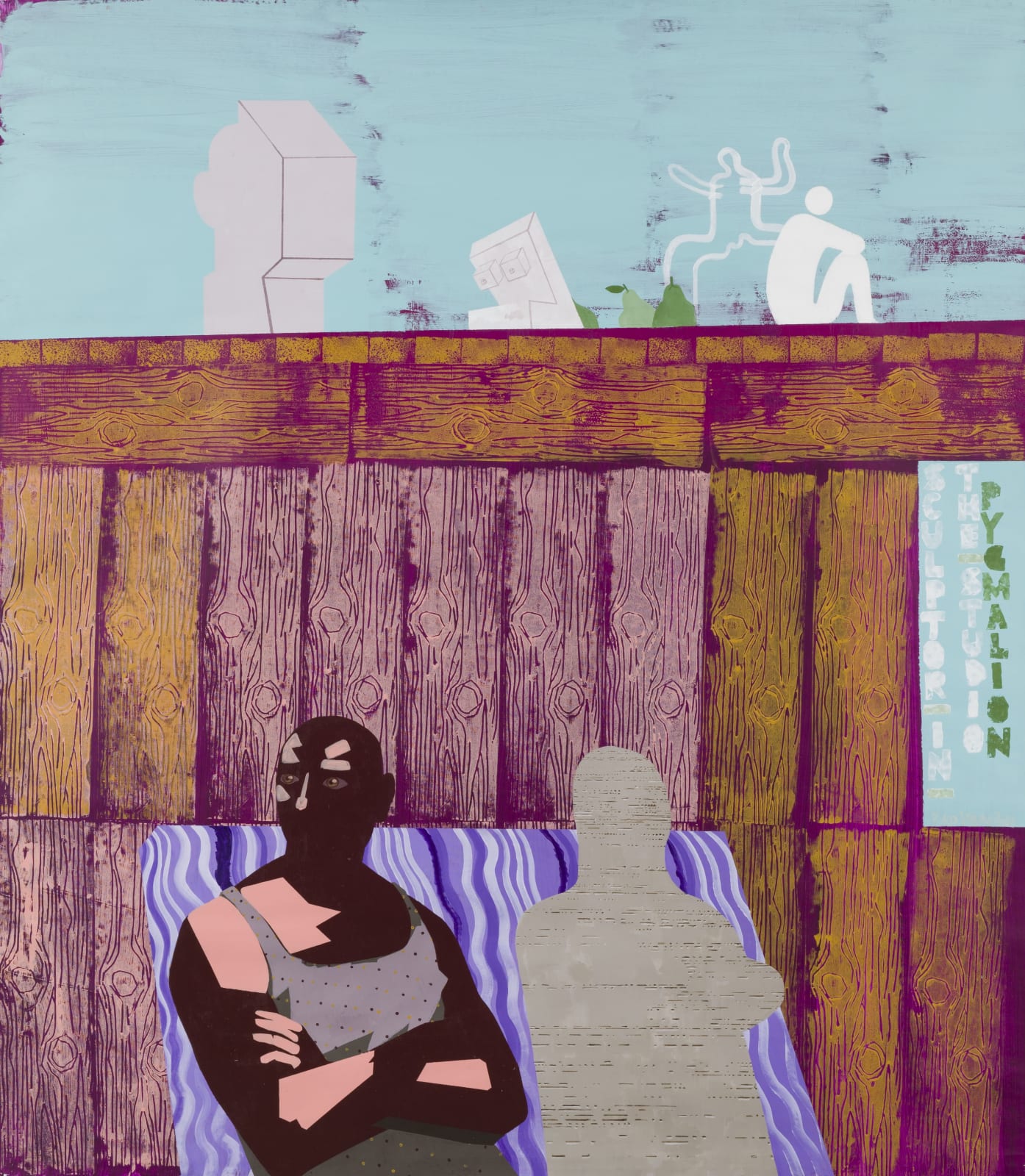
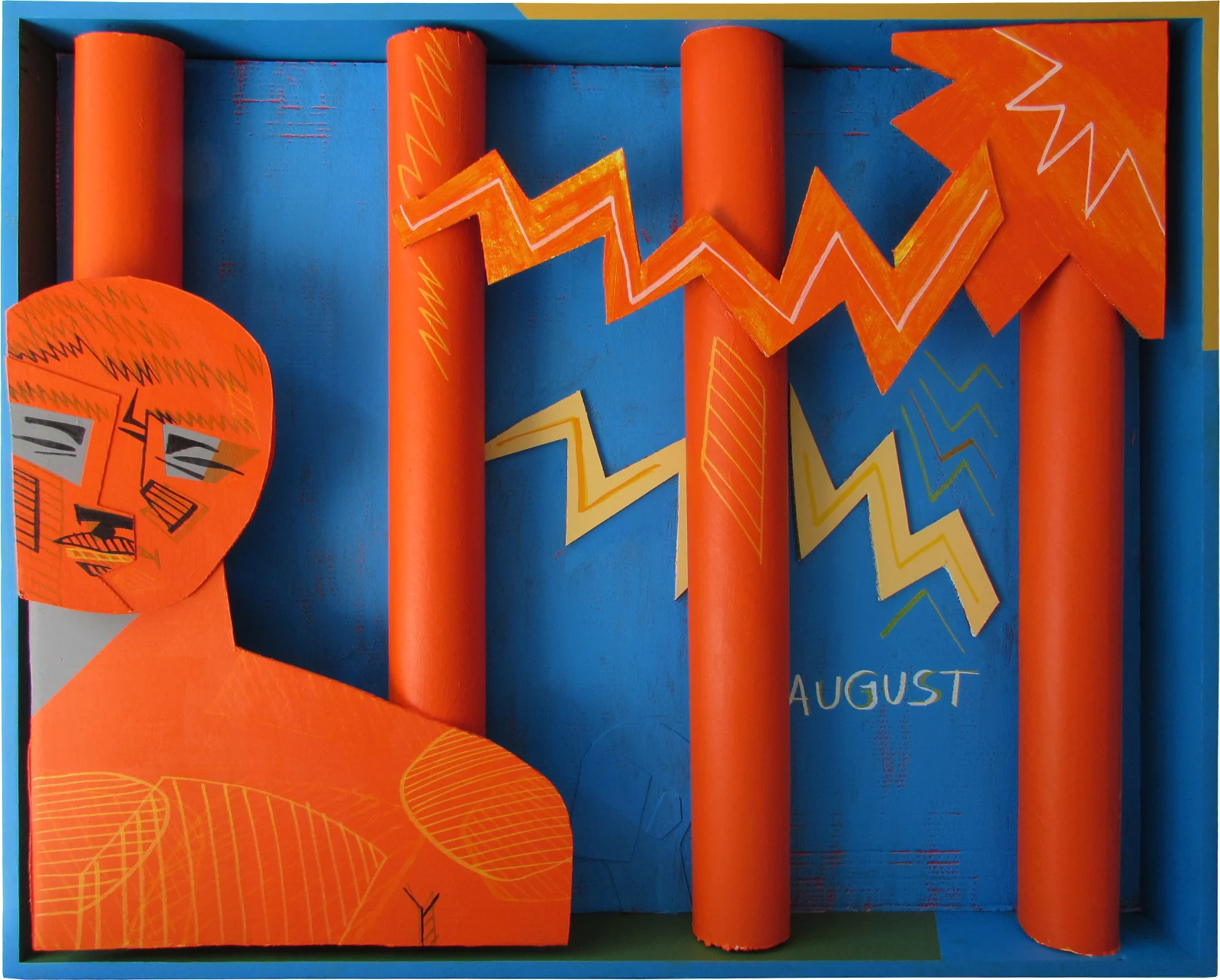
103 x 129 x 30 cm. Courtesy of Anaid Art Gallery.
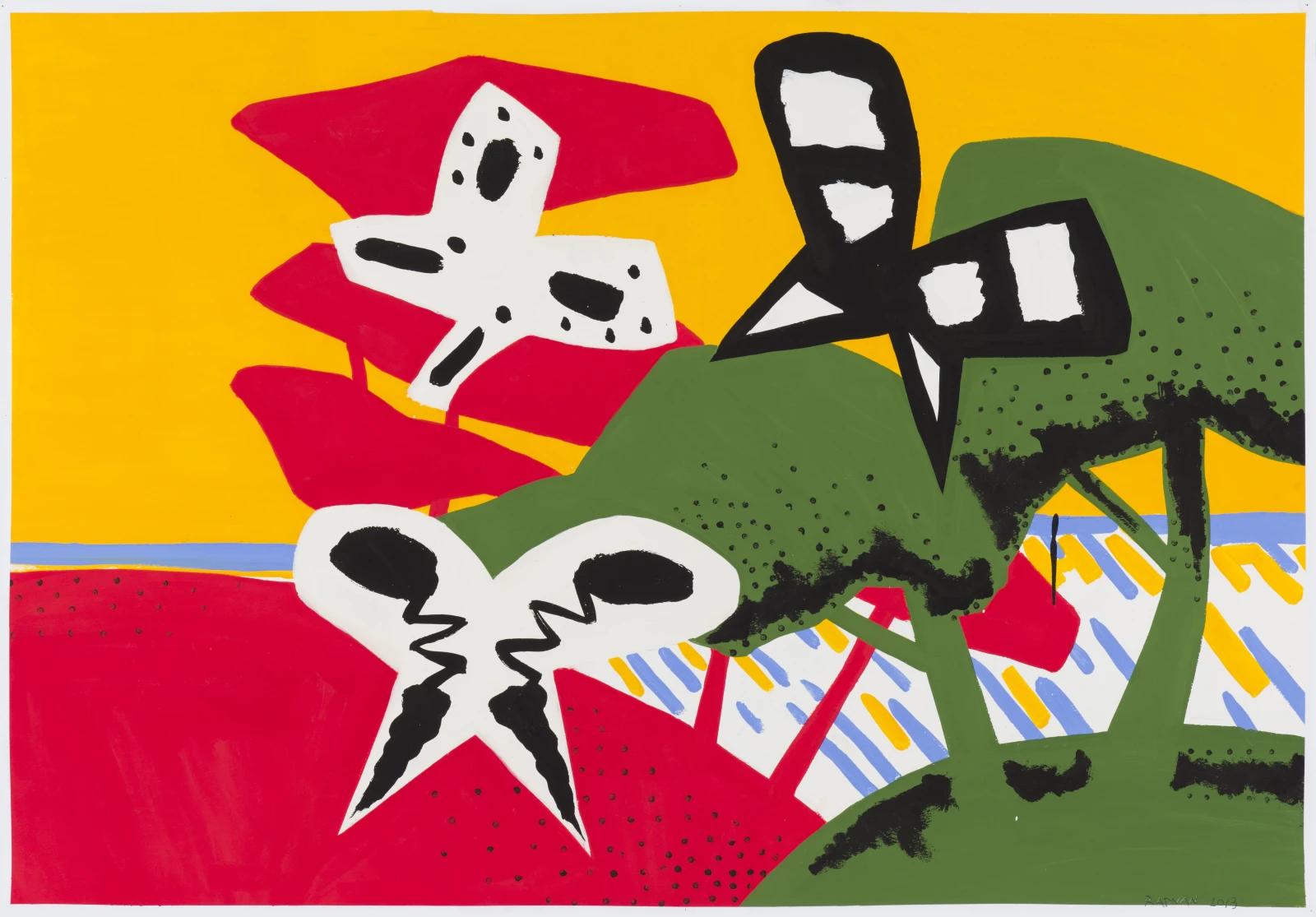
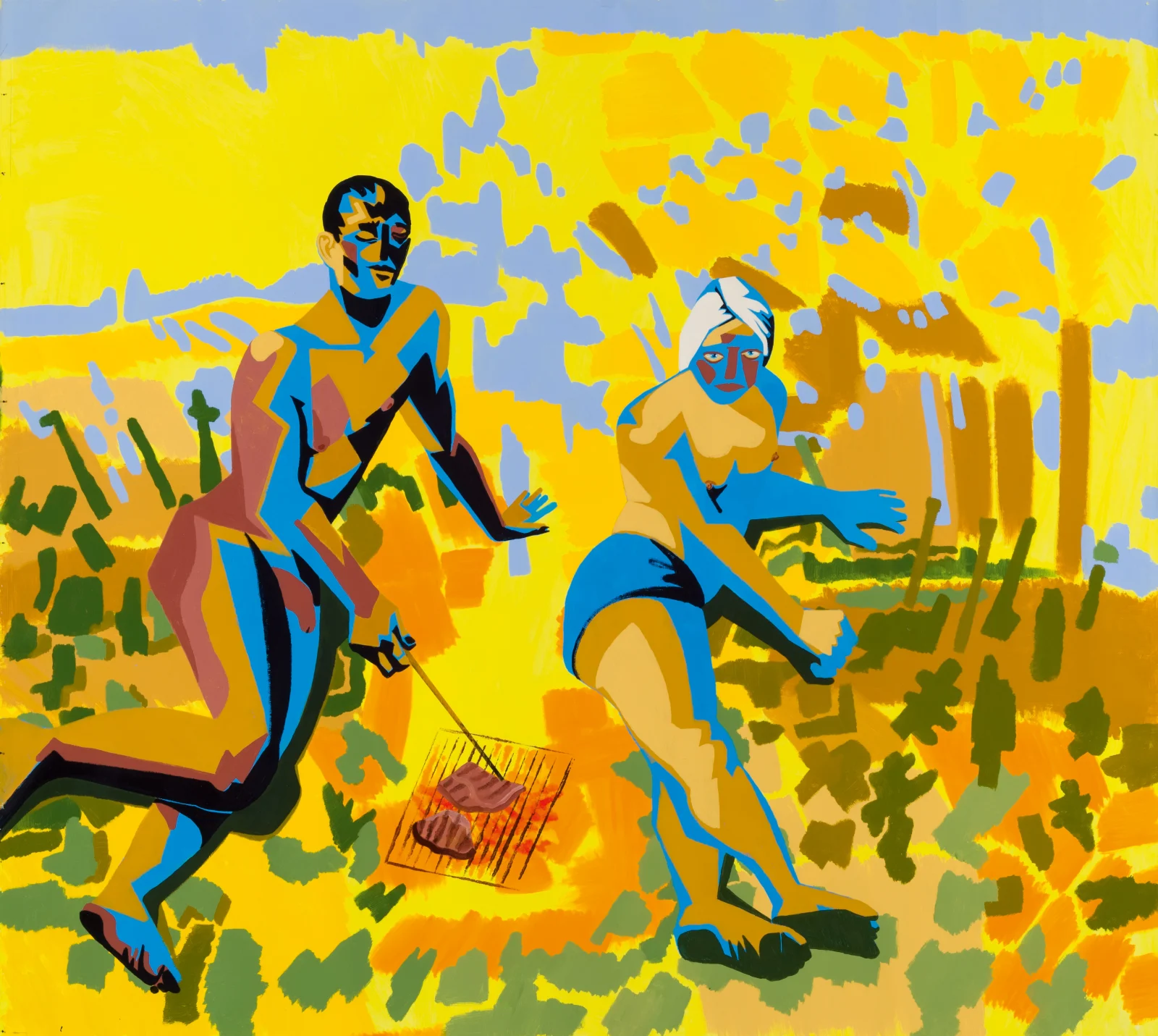
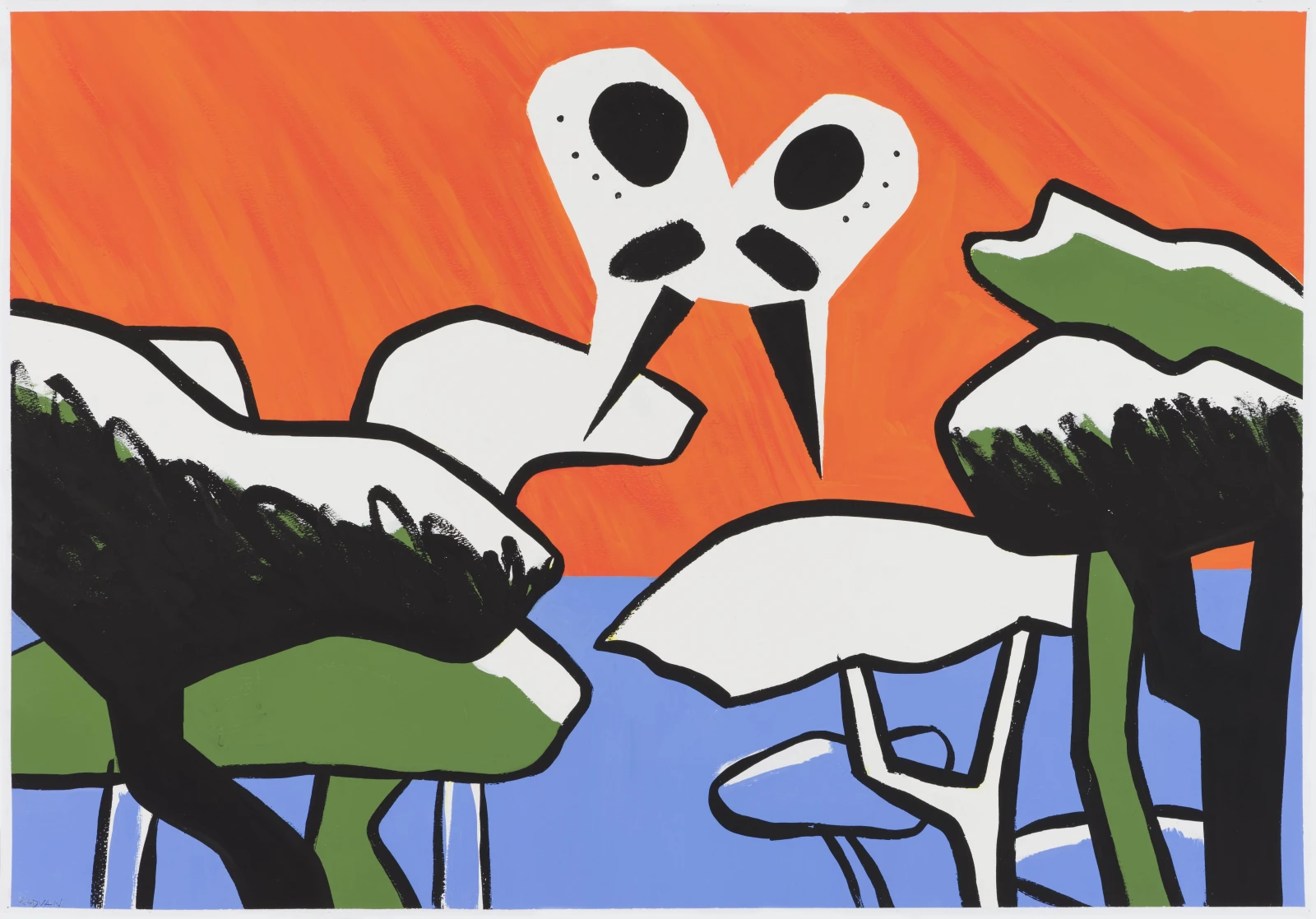
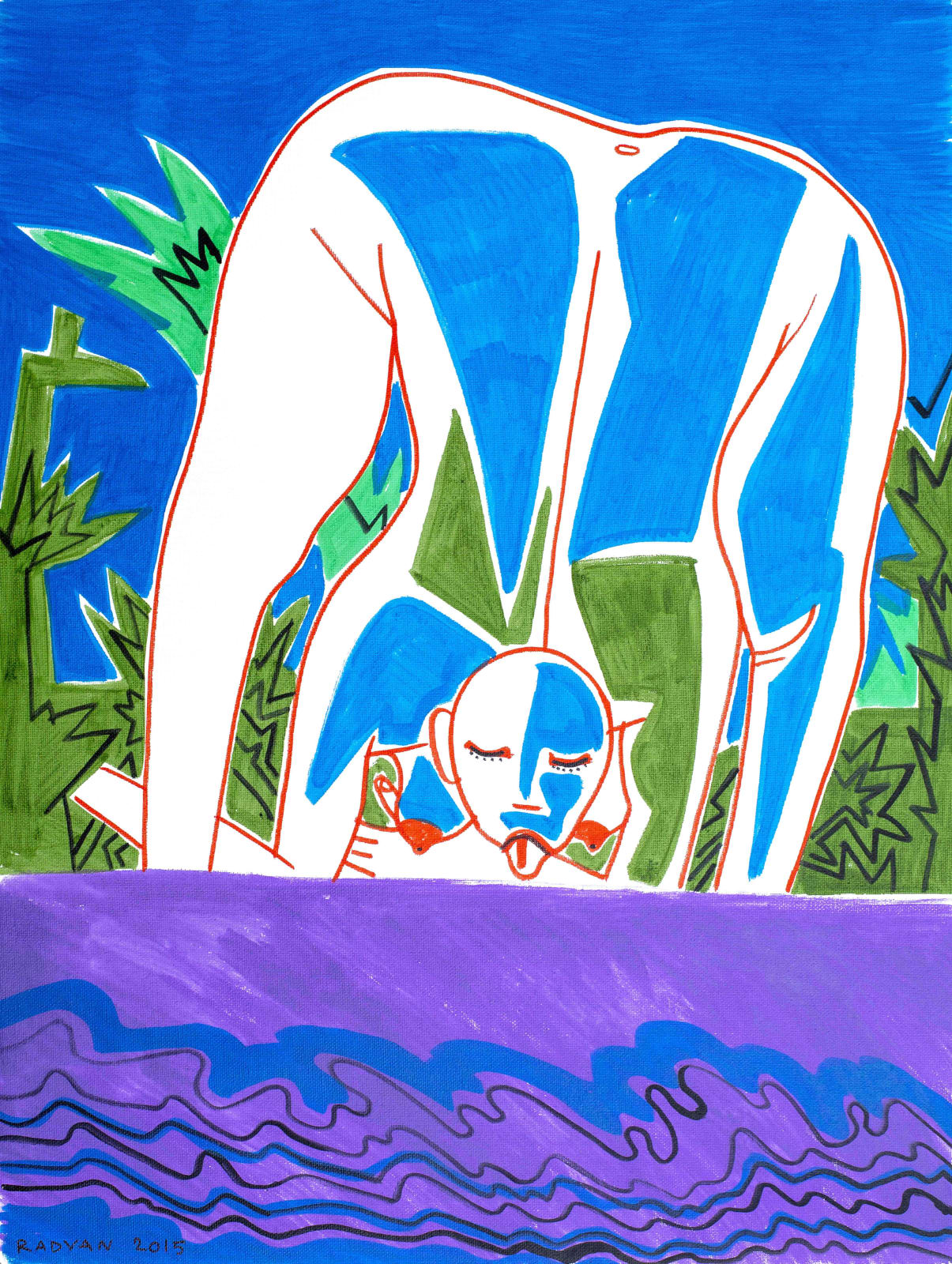


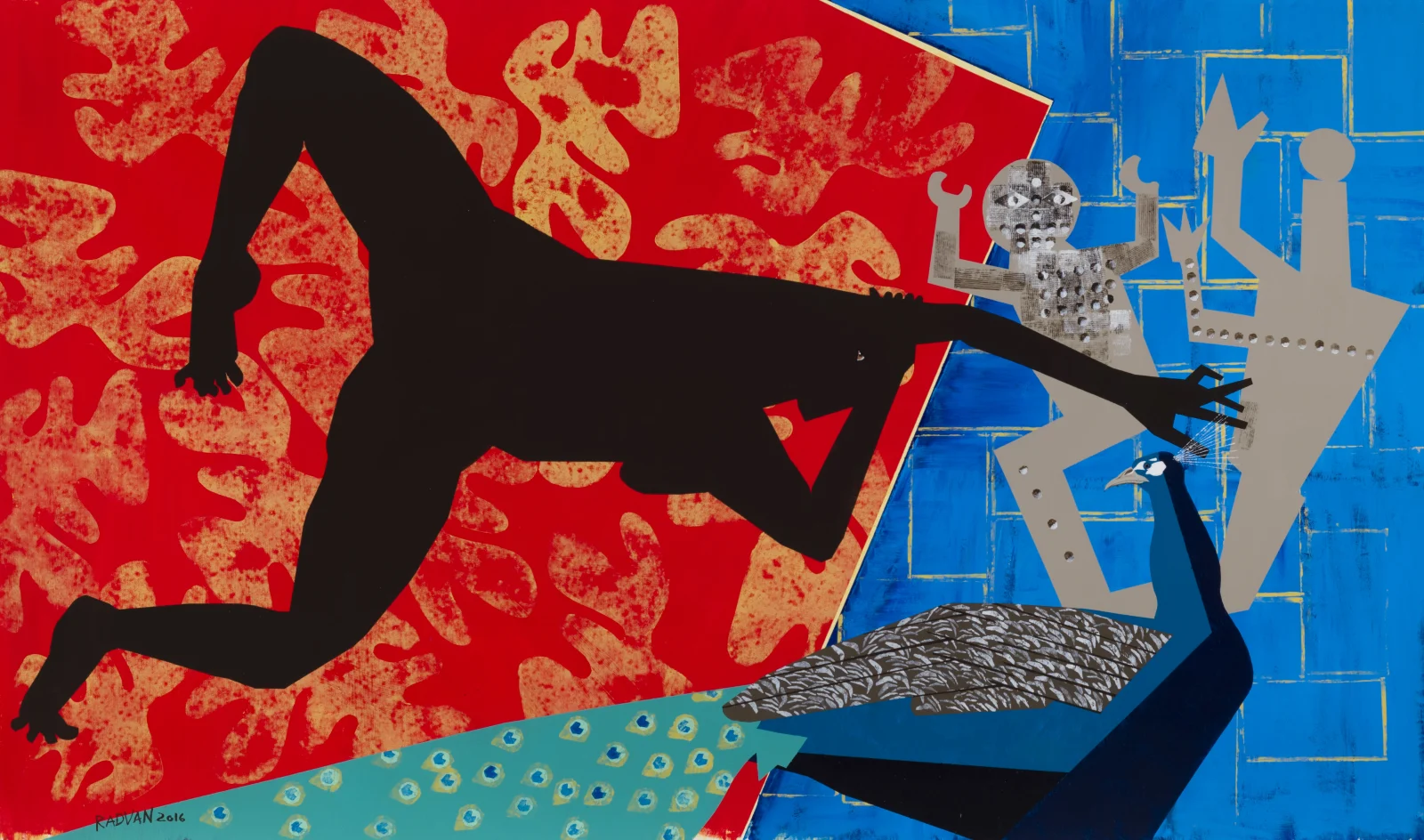
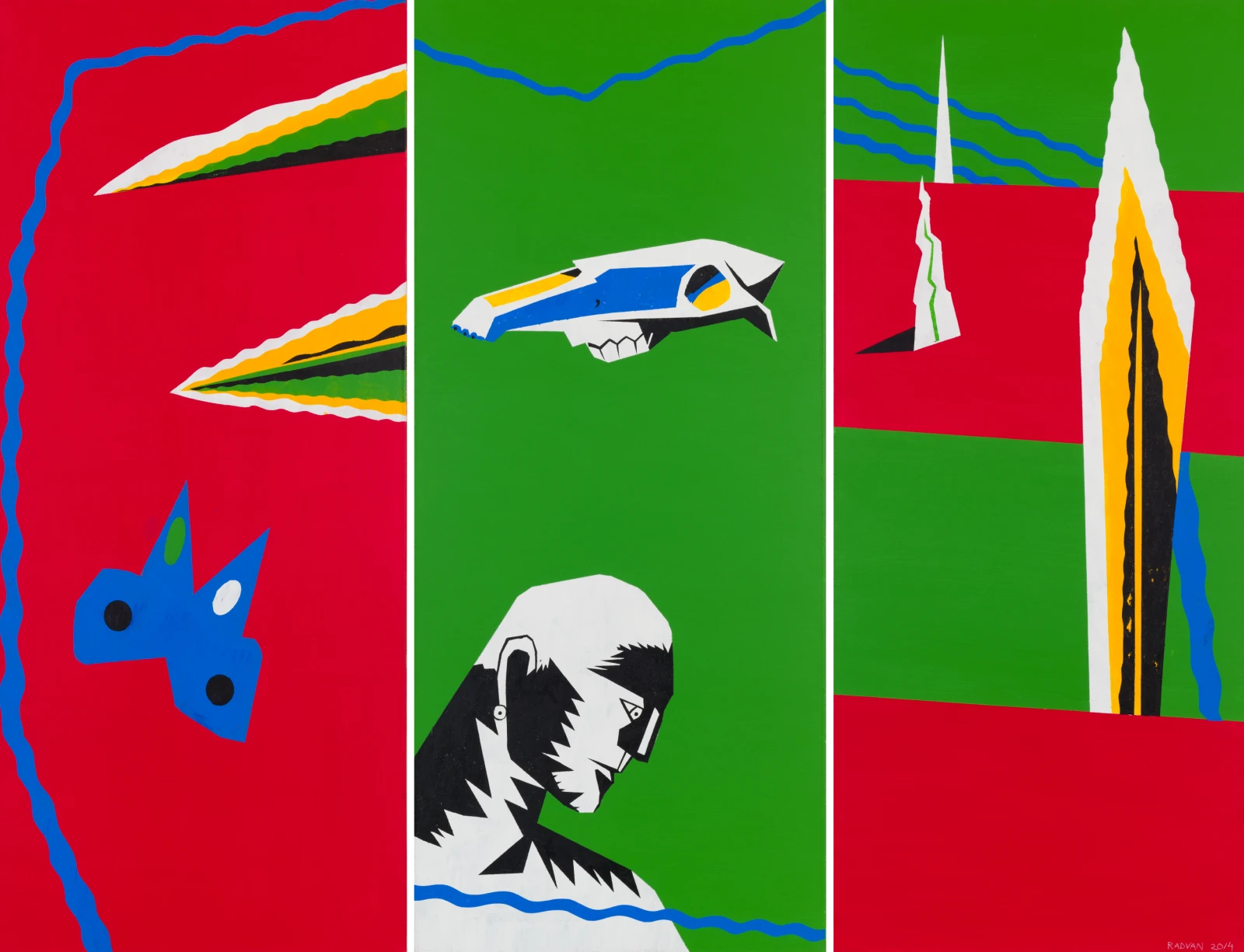

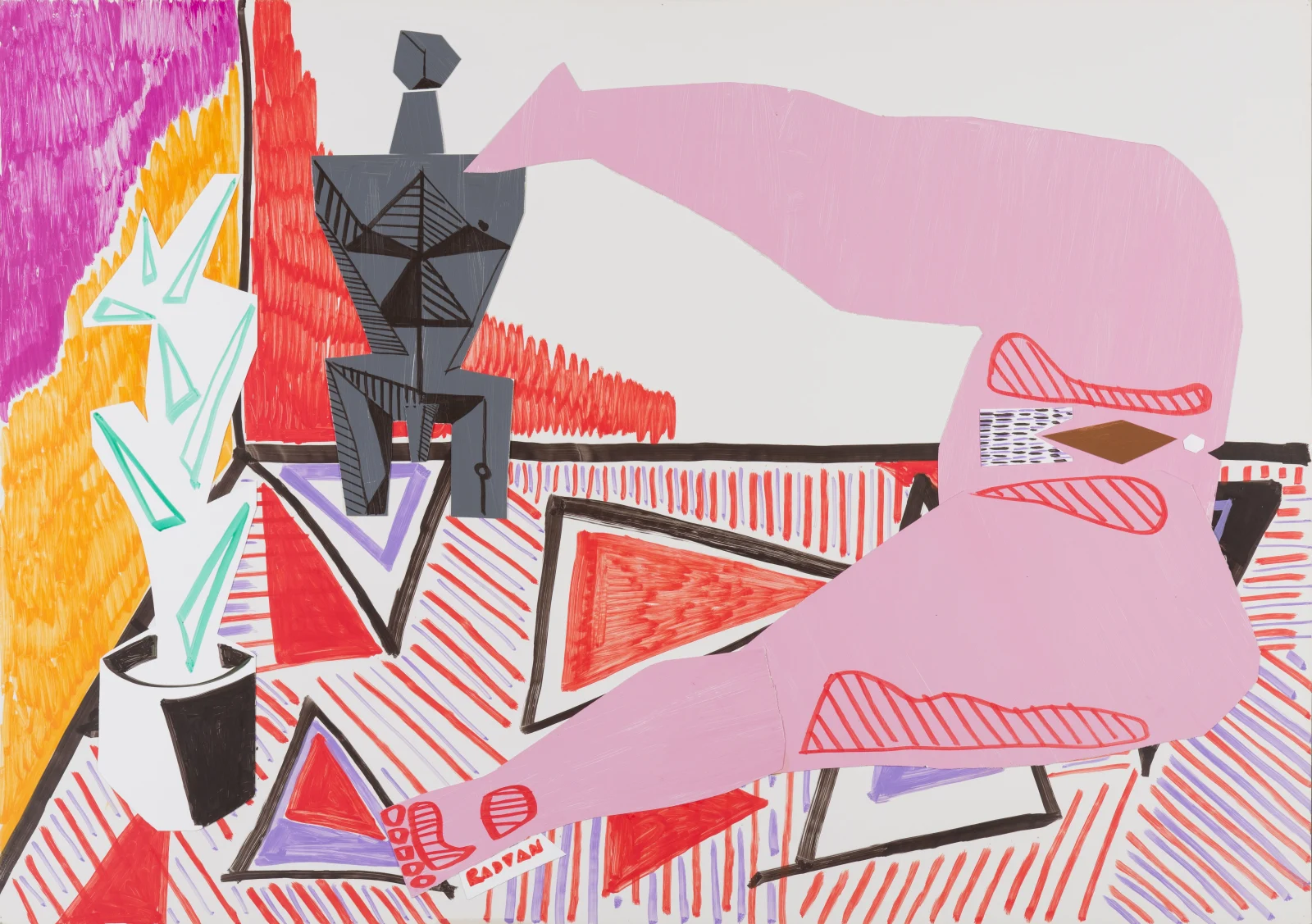
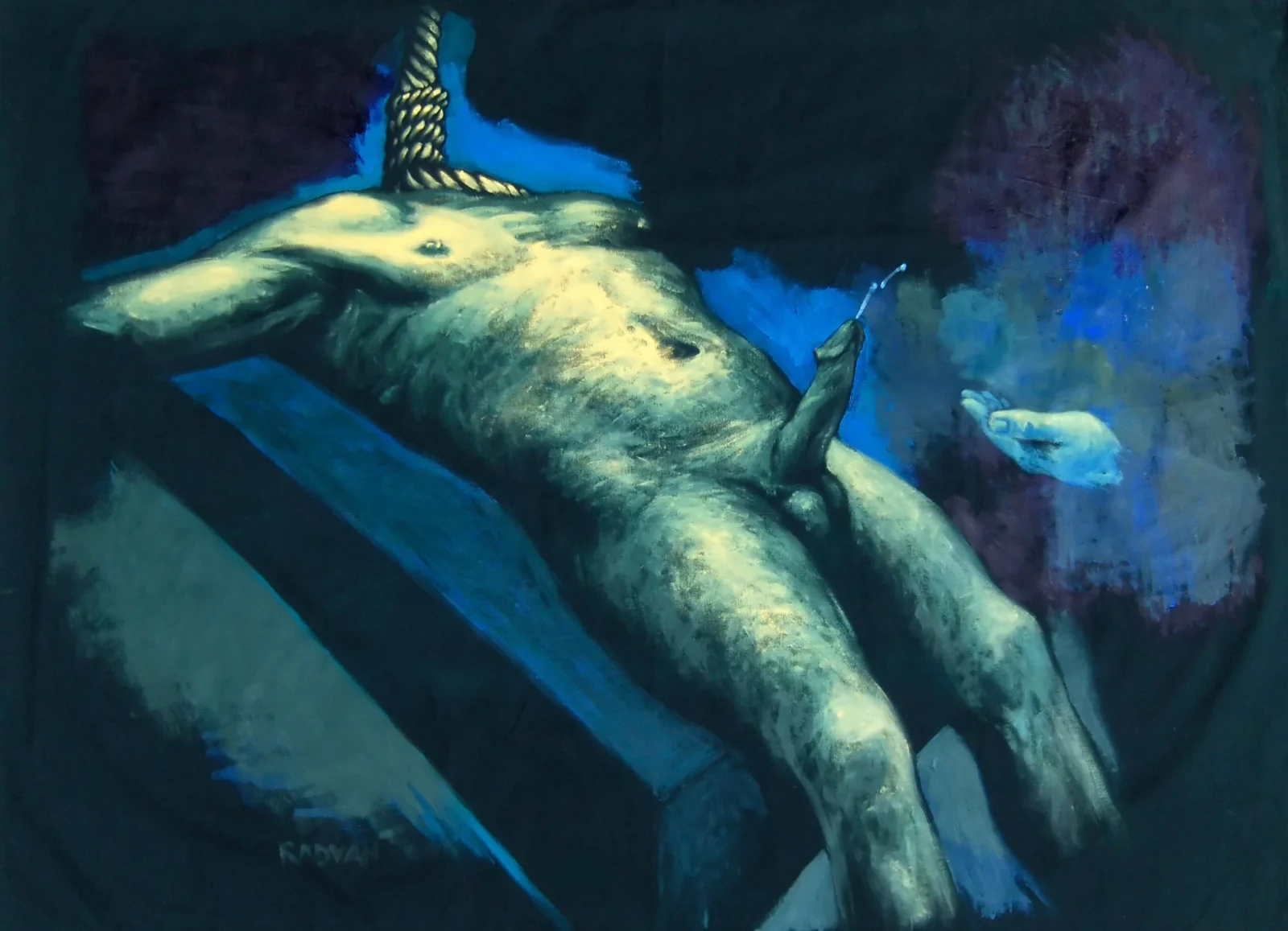
Cover photo: anaidartgallery.com
Detail Self-portrait Thinking of the Summers I have left, Alexandru Rădvan, 2019.


